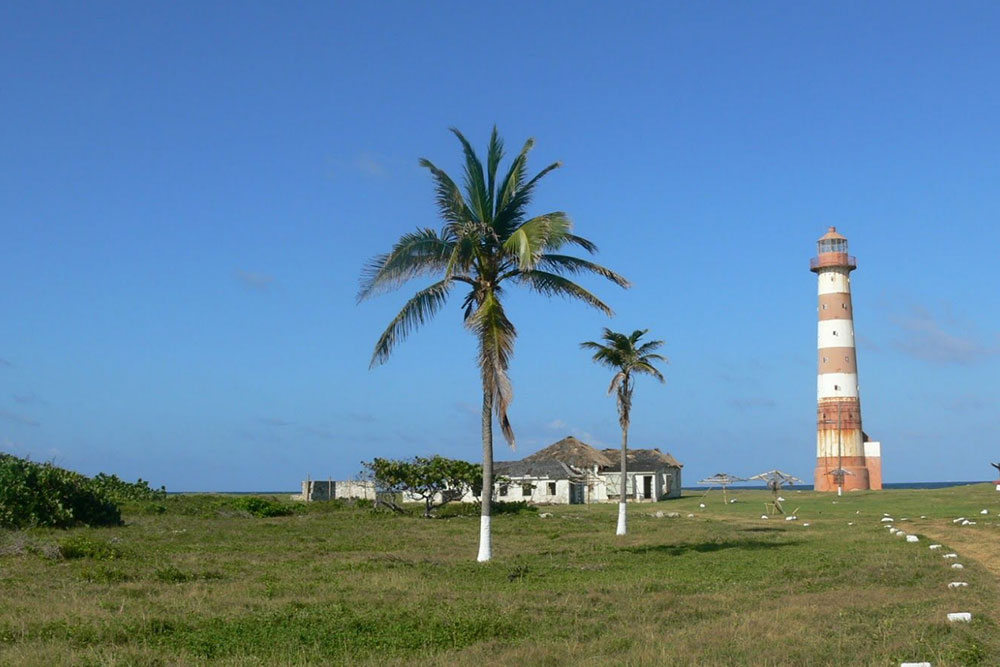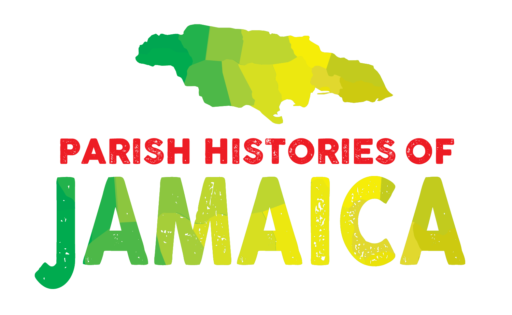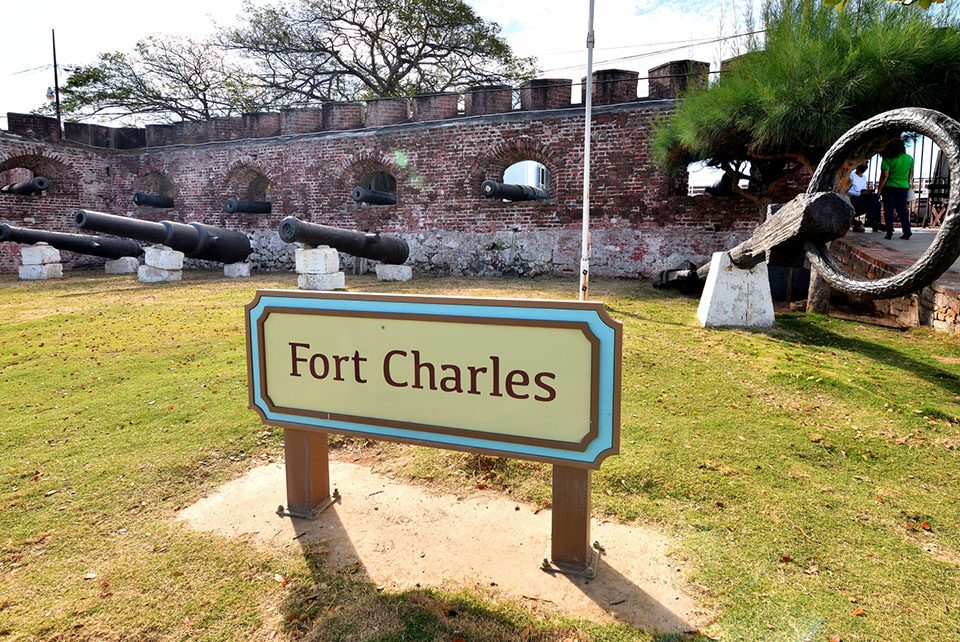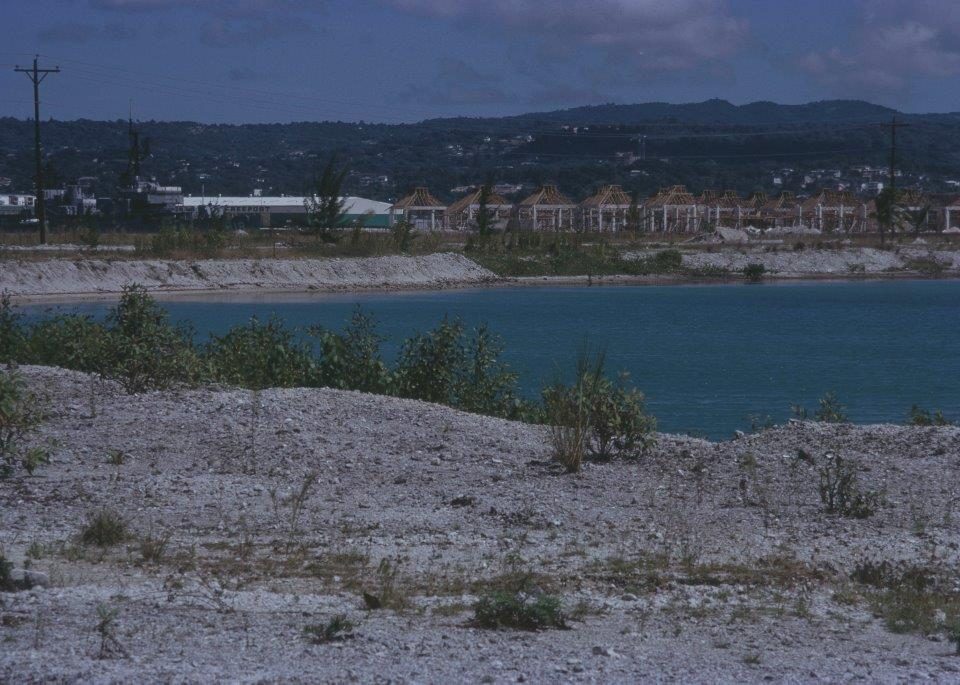St. Thomas

PARISH HISTORY PROJECT: A HISTORY OF ST. THOMAS
Dr Jenny Jemmott
PRELUDE: HOW THE PRACTICE OF DIVIDING JAMAICA INTO PARISHES STARTED AND DEVELOPED
The practice of dividing Jamaica into parishes was introduced by the English and even so, this did not happen immediately after the island was captured from the Spaniards in 1655. On what is probably the oldest English map of the island, published in 1661, in Hickeringill’s “Jamaica
View’d”, only places such as Guanaboa, the Angels, St Jago de La Vega and a few towns on the seacoast were shown and there was no attempt to divide the island into parishes. By the following year, 1662, the division of the island into ten districts, including Port Morant, Morant and Yealoth (later Yallahs), seems to have been done largely for the purpose of carrying out a census.1
Following the pattern of English local government and reflecting the influence of the Church of England on the British government, Jamaica was divided into units called parishes in order to facilitate the effective administration of the young colony. In 1664, the House of Assembly passed a law, dividing the island for the first time into parishes and the seven that were created included St Thomas, St David, St Andrew, St Catherine, St John, Clarendon and Port Royal. As settlement expanded, so did the number of parishes and by 1677, the number of parishes had slightly more than doubled to include fifteen. These were St Thomas (as of 1677, the parish became known as St Thomas in the East to distinguish it from the new parish of St Thomas in the Vale); St David, Port Royal, St Andrew, St Catherine, St Dorothy, St Thomas in the Valleym(St Thomas in the Vale), Clarendon, Vere, St John, St George, St Mary, St Ann, St James and St Elizabeth.
When most of Port Royal was destroyed by earthquake in 1692, many of the survivors took refuge in nearby St Andrew and so by the following year, 1693, the parish of Kingston was carved out of a part of St Andrew. The increase in the number of Jamaica’s parishes continued when Westmoreland was formed out of a part of St Elizabeth in 1703 and Portland was created out of a part of St Thomas in the East and a part of St George in 1723. In 1739, Hanover emerged from a portion of Westmoreland, followed in 1770 by Trelawny, which was created out of a section of St James. By the end of the eighteenth century, Jamaica had 20 parishes. This number was further increased in 1814, when Manchester was formed, taking parts from Clarendon, Vere and St Elizabeth. By 1841, the number rose to a grand total of 22 parishes, when the last parish to be created in the history of Jamaica, that of Metcalfe, was formed out of portions of St Mary and St George.



